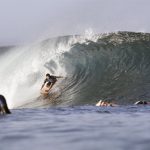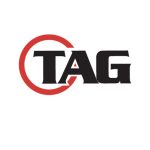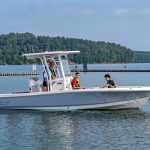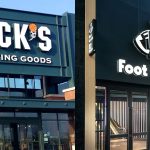The atmosphere was assured and electric at the 2009 SHOT Show in Orlando as a seemingly unending amount of exhibitors packed into the cavernous Orange Country Convention Center in Orlando, FL as one of the few growing market segments in the sporting goods industry kicked off its annual show. Indeed, there was a bevy of promising products capturing the attention of the show goers as the newest in boots, guns, apparel, ammunition and accessories were on display.
Out of mind, for the moment, were the foreboding signs set in motion by an eventful back half of 2008 – one which included a continued decline in hunting participation, an utterly woeful economy, and the landslide victory of a president-elect and Congress whose platforms many sportsmen fear could have a negative impact on shooting sports across the board.
When asked about the prospect of an anti-firearm administration, though, exhibitors and attendees simply shrugged their shoulders. After all, gun manufacturers and retailers are relishing what has been a monumental spike in firearm and firearms accessory sales that preceded and followed the recent election.
On a down note, the market will need to anniversary those gains in the year ahead. Not an easy task after gun and ammo sales surged by very strong double-digits in 2008.
To the casual observer, however, it gives the impression of the proverbial last meal, one final opportunity for the shooting industry to indulge itself before the inevitable occurs. When examined closer, it would appear the greatest anxiety actually lies within the consumer.
In the meantime, spikes in gun sales have largely offset a lagging economy for much of the industry, and some retailers even expressed concerns about maintaining inventory levels through the New Year. But, as the saying goes, all good things must come to an end, and one can only speculate when the eye of the hurricane will pass, bringing light to what could be the makings of the axiomatic perfect storm, not only for the firearms industry, but the entire hunting and shooting community.
So, while the exact implications of the Obama administration are yet to be determined, a more pressing need demands the attention of the shooting sports industry. Sportsmen participation has been on the steady decline for years despite numerous and spirited attempts to curb waning interest. According a National Shooting Sports Foundation presentation compiled from various research services including The SportsOneSource Group and the National Sporting Goods Association, shifting demographics, urbanization, economic instability, and decreased interests in outdoor activities pose a dire and urgent threat to the shooting sports industry. Hunting license sales have been on a steady decline since peaking at 16.7 million in 1982, and the latest results indicate license sales have fallen to 14.7 million.
The causes of the decline are many, but the most contributing factors include a disproportionate spike in urban populations compared to rural population, an aging population, and the rapid growth of the Hispanic community, a population segment that is not traditionally sportsmen or shooters.
Another disturbing trend is the “churn rate,” or replacement rate, of the hunting population. According to the NSSF, 4 out of every 10 people that have been hunting will choose not to return to the sport. Furthermore, the NSSF estimates that for every 100 people the sport loses, it will gain only 69 back. These numbers led the NSSF to estimate that the percentage of the U.S. population that hunts-currently 5%-will gradually decline to 3% in the next 20 years.
Sportsmen in the United States are tuned in to the growing issues that threaten their sport, however. According to the presentation, 80% of sportsmen expect the new administration to make purchasing a firearm more difficult, while 41% and 34%, respectively, view human growth population and animal rights efforts as the biggest long-term threats to hunting.
Despite all of the grim news the industry faces, there are a few beams of sunlight filtering through what has slowly developed into an ominous horizon.
According to the report, 2008 hunting equipment sales are forecasted to exceed $3.9 billion, a 78% increase from 2001 that puts the category second on the list of largest growth behind exercise equipment and slightly ahead of golf equipment. Likewise, background checks done by the National Instant Criminal Background Check System saw record highs in 2008, boosted by an astounding 42% increase in November 2008 from November 2007, tangible evidence that the firearm owner fears the ramifications of the new administration. In contrast to the consumer, retailers that spoke with Sports Executive Weekly for the most part believe any new regulations will wait for the second four years, rather than right away.
Finally, the industry estimated that in 2008, 14.9 million Americans were hunters, a larger participant base than claimed by soccer, tennis or mountain biking. So what does all of this mean? While there is a declining population of hunters, those that do participate are spending more cash on equipment, transportation, and other expenses related to their sport. Trade show attendance also remains strong, meaning vendors, retailers, and dealers maintain a sanguine disposition. Sounds like an interesting 2009.














